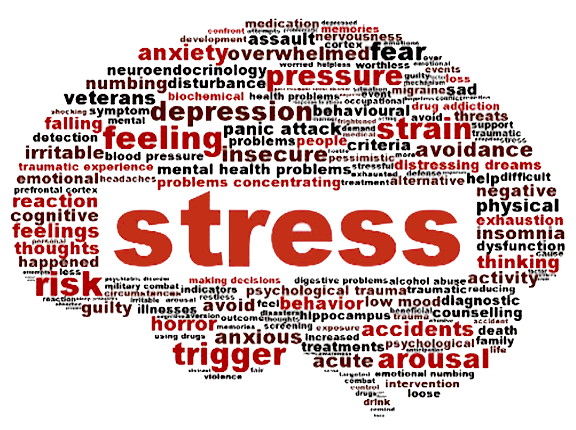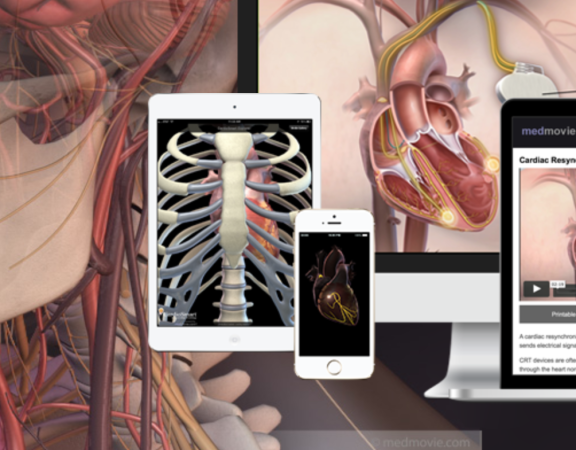Heart Rate Variability (HRV 101) by Dr. Amy Coleman
Have you ever thought about the precision of the heart beat? Perhaps you have thought it might be like a metronome, the trusty metal timekeeper that musicians use to stay exactly to the beat of the music? Or, you might have thought that the heart must be like a stopwatch; with each moment between beats an exact replica of the moment before it. In both cases, however, you would be wrong. The heart is not as punctual as you would think……..if it is healthy, that is.
Science is just learning to listen to the silence between the beats as a real indicator of our underlying level of health. A healthy heart rests between it’s beats in a wide variety of pauses; some longer, some shorter. In clinical studies, this seemingly random variation was found to be missing in some very sick patients. Patients that had suffered a heart attack, who were developing depression, lost this phenomenon called “heart rate variability.” In fact, when the heart “fell” to a predictable rhythm of time between heart beats, it became an accurate predictor that a person would become depressed, or was already on their way to becoming so.
Heart Rate Variability, the time between beats that is different between any two consecutive heart beats, is a signature of the heart to it’s relationship with peace. When a heart is under stress, heart rate variability goes down. Studies have shown that this can be measured when someone is angry, hostile, fearful, resentful, depressed or full of vengeance. It can also be measured when a person is feeling stress over time. For example, when a body was measured with a “fight or flight” response that paralleled the person feeling a perceived threat, the heart responded in turn by decreasing it’s heart rate variability, and was present with or without an increase in actual heart rate.
As Valentine’s Day closes in, it is important to know that science is also closing in on
what Hallmark cards have always known; that the heart is a dwelling place for our
perception of well-being. People now are following this new “vital sign” of heart rate variability via portable devices as a guide to know when they are unconsciously acting or thinking in unhealthy ways. What a good start to remind us that what we are thinking can translate to our bodies, so might be better curators of our choices from the neck up in order to be healthy from the neck down!



